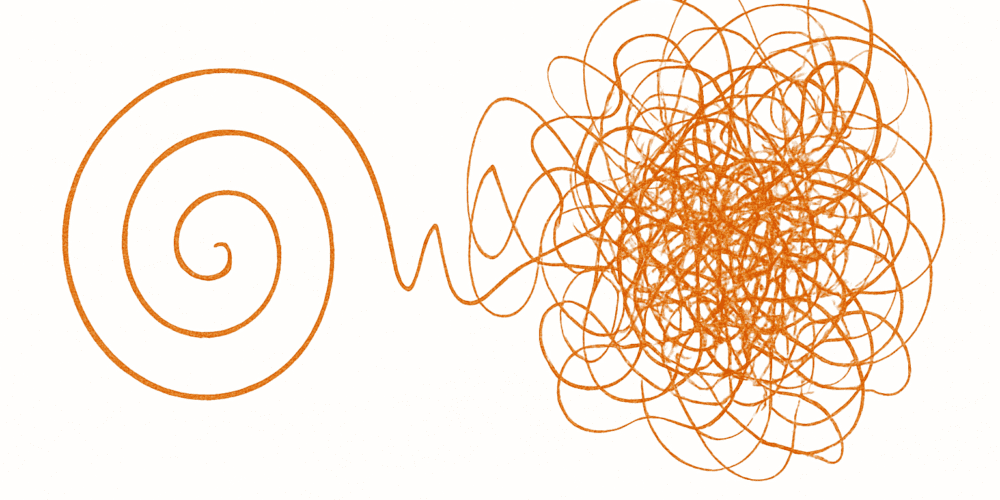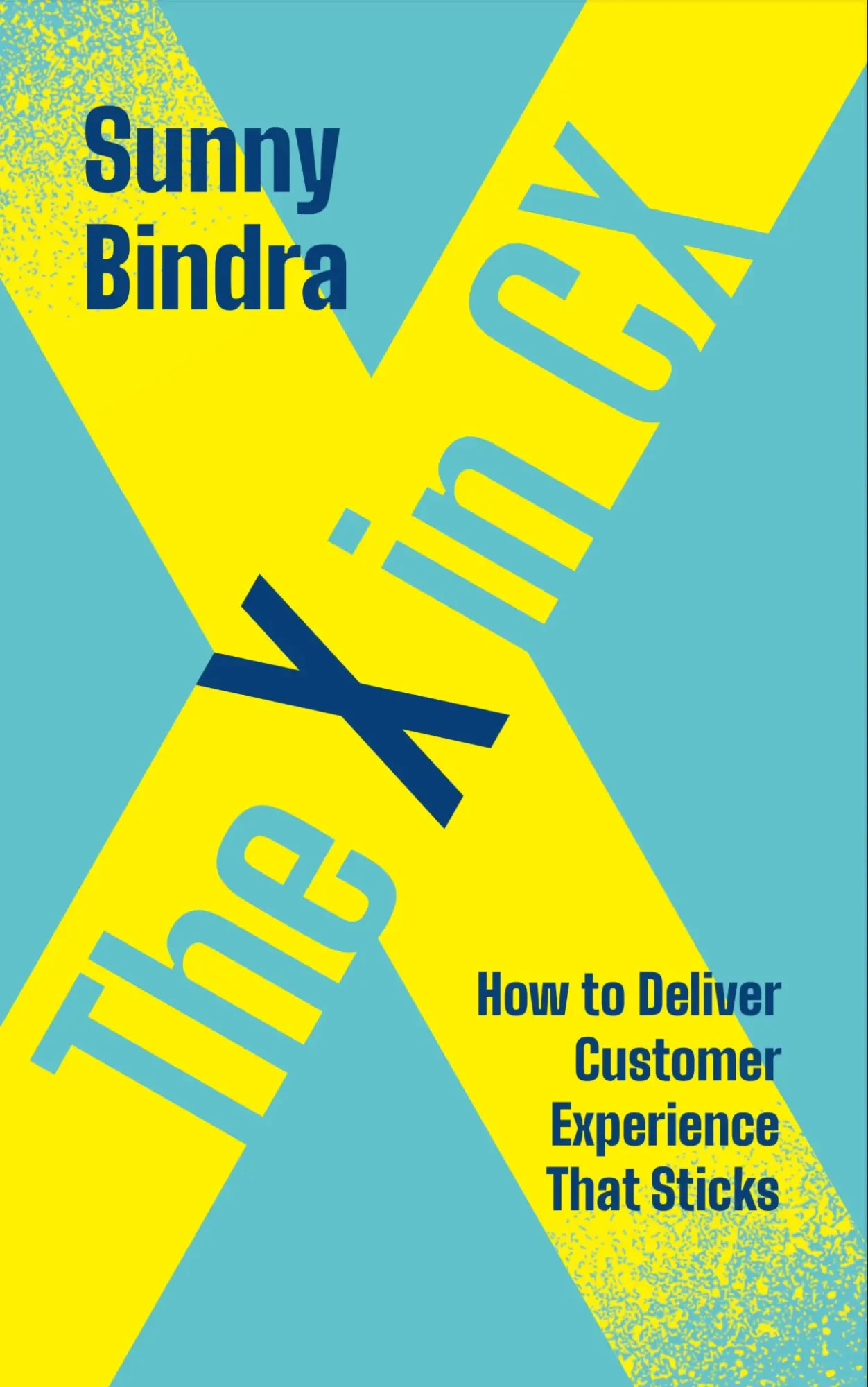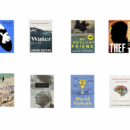How to ruin what you love

Do you know this word? ENSHITTIFICATION.
It’s ugly and accurate.
Cory Doctorow coined it. It describes what happens when tech platforms, once useful, go bad. Not all at once, but gradually—and then completely.
The pattern is simple—and sadly predictable.
When we start a great business, we try to be amazing for our customers.
Then, we start exploiting our success to extract more value at their expense.
After that, we start degrading the UX and CX.
Finally, when we believe everyone’s locked in (cue evil laughter), we milk them all to death.
Doctorow calls it the natural lifecycle of platforms in late-stage capitalism. I’d call it the art of killing the thing that made you.
Facebook used to connect friends. Now it connects ads to dopamine.
Google used to serve answers. Now it serves itself.
Amazon was about customer delight. Now? Vendor squeeze and junky knockoffs.
Apple made simplicity sacred. Now it sells you back the parts it took away.
Enshittification is what happens when growth becomes a religion and users become collateral. But before we sharpen our pitchforks, the question is worth turning inward: Are we enshittifying ourselves?
Stay with me.
Think about your own workplace, your own habits, your own thinking. How often do we start something pure, then slowly ruin it by over-optimizing? You start writing to express yourself…then chase likes, reels, and relevance instead of meaning. You launch a great product…then degrade it endlessly to improve margins, any which way. You build a super company culture…then drown it in metrics and dashboards rather than create a shared humanity.
Doctorow was talking about tech platforms. But enshittification is a broader disease. It’s what happens when we lose the original plot.
You don’t have to be a tech bro to enshittify something. You just need to stop noticing when the original spark is dimming. That thing you created—your art, your brand, your team—it started with care and clarity. But then the temptations crept in: shortcuts, metrics, applause. You began to drift.
So how do you know you’re heading down the slope? You start pleasing investors more than customers. You extract more, but deliver less. You measure everything, but feel nothing. You automate empathy. These are the quiet signals that your once-beautiful creation is now being hollowed out in service of growth, reach, scale, and finally…nothing.
How do you stop the rot? Start by putting the user back at the centre of your work. Not the imagined “target segment” or the persona on your deck—the real person, with a life and a brain and a heart. Ask about your own product: Would I enjoy using this? Would I trust this? Then kill anything that’s there just to trick, trap, or squeeze. Restore clarity where there’s clutter. Not every growth lever is worth pulling. Not every KPI is worth tracking.
Go even deeper. Enshittification isn’t just a product flaw—it’s a human one. It stems from forgetting why we started in the first place. We stray when the means become the end and the tools become trophies. When we serve the machine and forget the mission. Profit is to be worshipped, purpose is optional.
So stop. Step back. Remember what mattered at the start—before the dashboards, before the hacks, before the greed. That’s where the soul of your work still lives. And it’s the only part worth saving.
This isn’t just about tech companies or corporate strategies. Enshittification happens in everyday life, too. In friendships we stop nurturing. In hobbies we turn into hustles. In families where love gets replaced by logistics. Any time we trade depth for convenience, or meaning for efficiency, we risk hollowing out the things that matter most. To lose your way, you just need to forget why you began.
THE SIGNAL IN THE NOISE
If you must scale, scale the soul too. Otherwise, you’ll grow—but only in size, not in grace.

Buy Sunny Bindra's new book
The X in CX
here »
Popular Posts
- My books of the yearDecember 14, 2025
- Here’s why you should become foolishNovember 30, 2025
- Confessions of an explaining personDecember 7, 2025
- How to listen, really listenNovember 16, 2025
- Is AI hiring your company into oblivion?November 23, 2025















